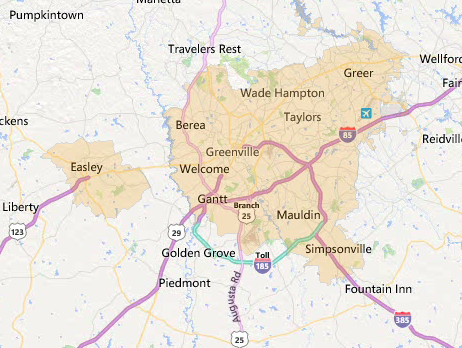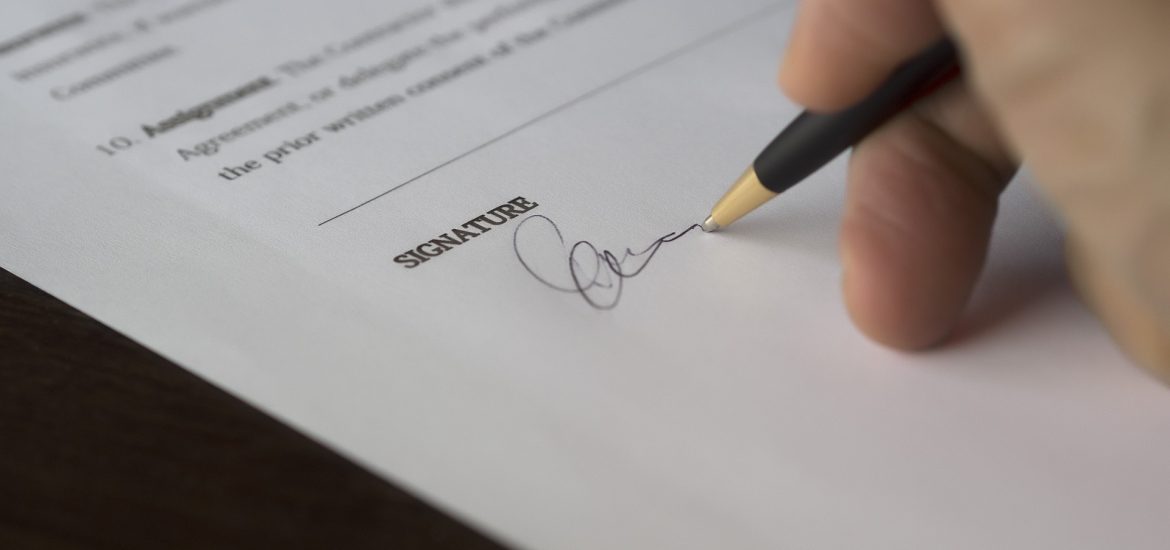So you’re ready to buy some real estate. Maybe it’s your first home purchase or maybe it’s the 50th property in your rental portfolio. Either way, you most likely will have to deal with one very important question – where am I going to get the money to make this purchase? Below, I have a few highlights to get you thinking, but I’ll remind you that I’m not a financial counselor, and if you need more specifics on actual loan programs, I have some great contacts in the mortgage/banking world that would love to talk to you in a non-pressure environment.
First-Time Home-Buyer
The typical first-time home-buyer has a few needs when it comes to obtaining a mortgage – low (or no) down payment, a competitive annual interest rate, few funds needed at the closing table, and low credit score requirements.
Fortunately, the federal government has enabled banks to offer a loan product called the “FHA mortgage,” which accomplishes the above. Here are a few highlights of the FHA mortgage program:
- If your credit score is above 580, you only need to supply a down payment of 3.5% of the purchase price (although you can put more money down).
- If your credit score is below 580, you need to supply a down payment of 10% of the purchase price.
- Closing costs are minimal. So, combined with the low down payment, you can purchase a home with little money brought to closing.
- Mortgage rates are competitive (although typically not as low as other programs, such as the “Conventional mortgage”).
- As with all FHA loan programs, this is only available to owner-occupant homebuyers, not investors.
If you have a little more money and better credit score, a Conventional loan is often the way to go. These loans require a little higher down payment (usually 5% for owner-occupant and 20% for second homes) and they have a higher requirement for the borrower’s credit score (usually at least 680). But they often provide the lowest interest rate possible to the borrower, while opening up other possibilities (such as borrowing for a home you aren’t planning to occupy, such as a rental).
Zero-Down-Payment Mortgages
There are a few ways that home-buyers can purchase a home with no down payment. The most popular are VA loans and USDA loans. VA loans are only for veterans of the US military. If you are a veteran, a VA loan can be a great way to purchase a home with no down payment and no PMI. For more information on VA loans, click here.
USDA loans are programs that are geared towards rural development. They exist primarily to help farmers, but most people with decent credit (usually a 620 credit score or above) can qualify for them.
The catch is that these loans are only available in rural areas. That means that you will n
ot be able to get a USDA loan in downtown Greenville (or, generally speaking, any other densely populated area). So where can you get them? A few popular areas that are still eligible as of the writing of this post are:
- Much of Travelers Rest
- The eastern side of Five Forks
- Some eastern portions of lower Simpsonville
- Much of Powdersville
Below you can see a screenshot of a the USDA eligibility map (the shaded parts are the ineligible areas), which you can view for yourself here.

This is loan product is a great way to buy a home with minimal up-front costs.
Home Rehab Loans
Fixer-uppers are becoming more and more popular thanks to the myriad of shows on TV that deal with home renovation. Maybe you’ve caught the fixer-upper fever and want in on the action but don’t have enough money to buy a house and foot the bill on renovations.
A good option is a rehab loan (aka “renovation loan”). These loans allow you purchase the home with the repairs wrapped into your mortgage. How does that work? I’m glad you asked.
Let’s say Sally wants to buy 100 John Doe St, but it needs a lot of work. She gets it under contract for $150,000, but her inspection reveals about $50,000 of repairs that need to be done. Sally’s mortgage broker recommends that she obtain a rehab loan that includes both the home purchase and the repairs. They start the process of applying for the loan, and Sally qualifies, but there is more to be done. She has to get a general contractor to come up with a quote on the repairs to be done. If Sally buys the home, she will have to utilize this contractor for the repairs, and he will be responsible for filling out the paperwork before and after closing that the bank requires in order to document what he does.
Sally does end up buying 100 John Doe St, and her general contractor begins the work. The bank issues a partial check to the contractor to give him the up-front funds needed to begin. As the work goes on, more of the money in the loan that is dedicated towards the rehab is drawn for the contractor, and an inspector from the bank (although technically, he is a neutral party) periodically checks on the work to ensure that all is going according to plan.
Eventually, the contractor finishes the work, the inspector checks on it to make sure everything was done correctly, and the bank issues the final draw to the contractor. And that’s it! You just paid for a house and $50,000 of repairs with one loan program.
Generally speaking, there are two main rehab loan options – the FHA version, called a 203(k) loan and the Conventional loan version, called the HomeStyle® loan. The difference between them is, for the most part, the same as the usual differences between an FHA and Conventional loan (as I discussed above).
For those who are handy and want to to do the work themselves, there are other options available, such as construction loans. These loans can give more flexibility to the buyer to do the work himself, but they also tend to be more difficult to qualify for.
